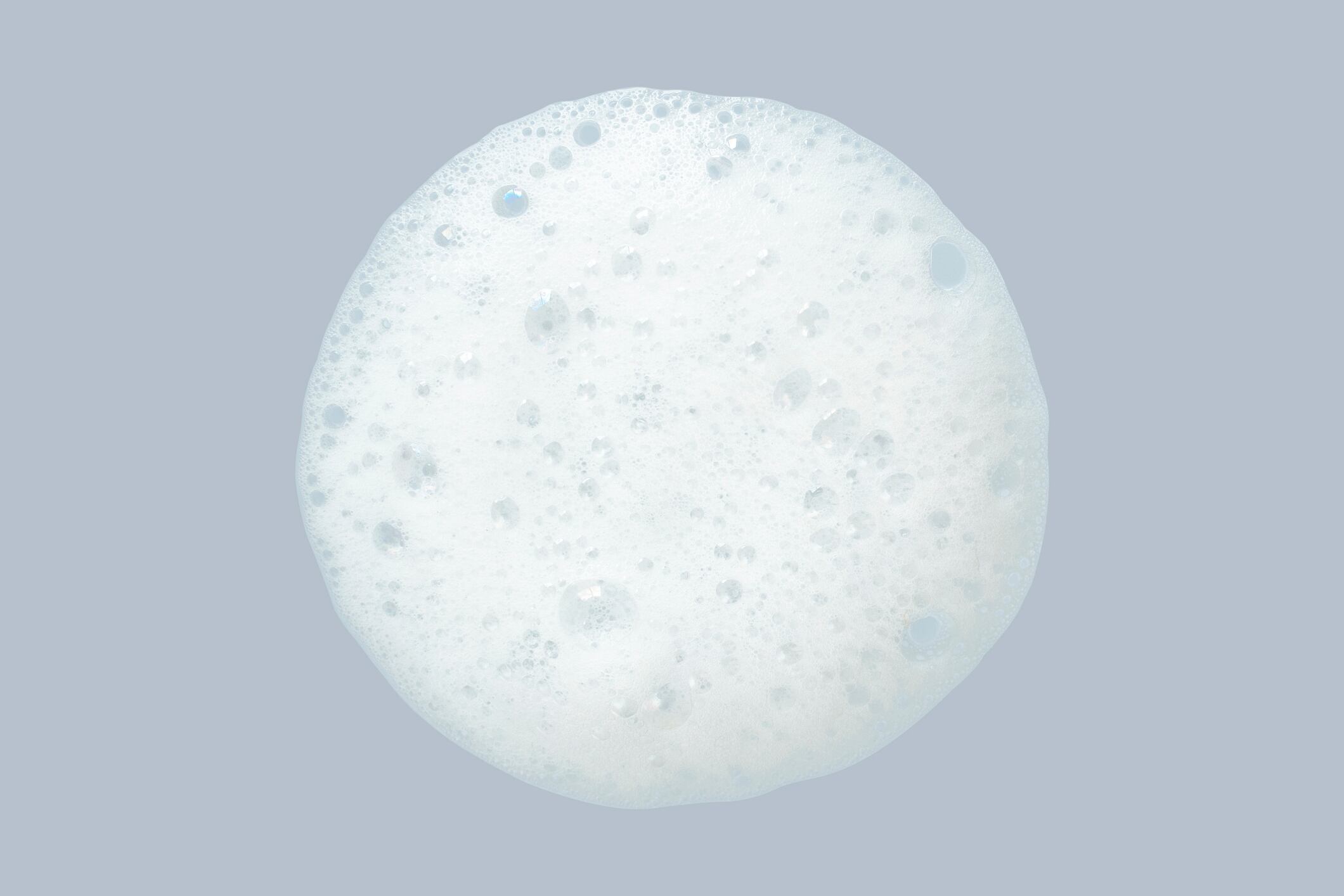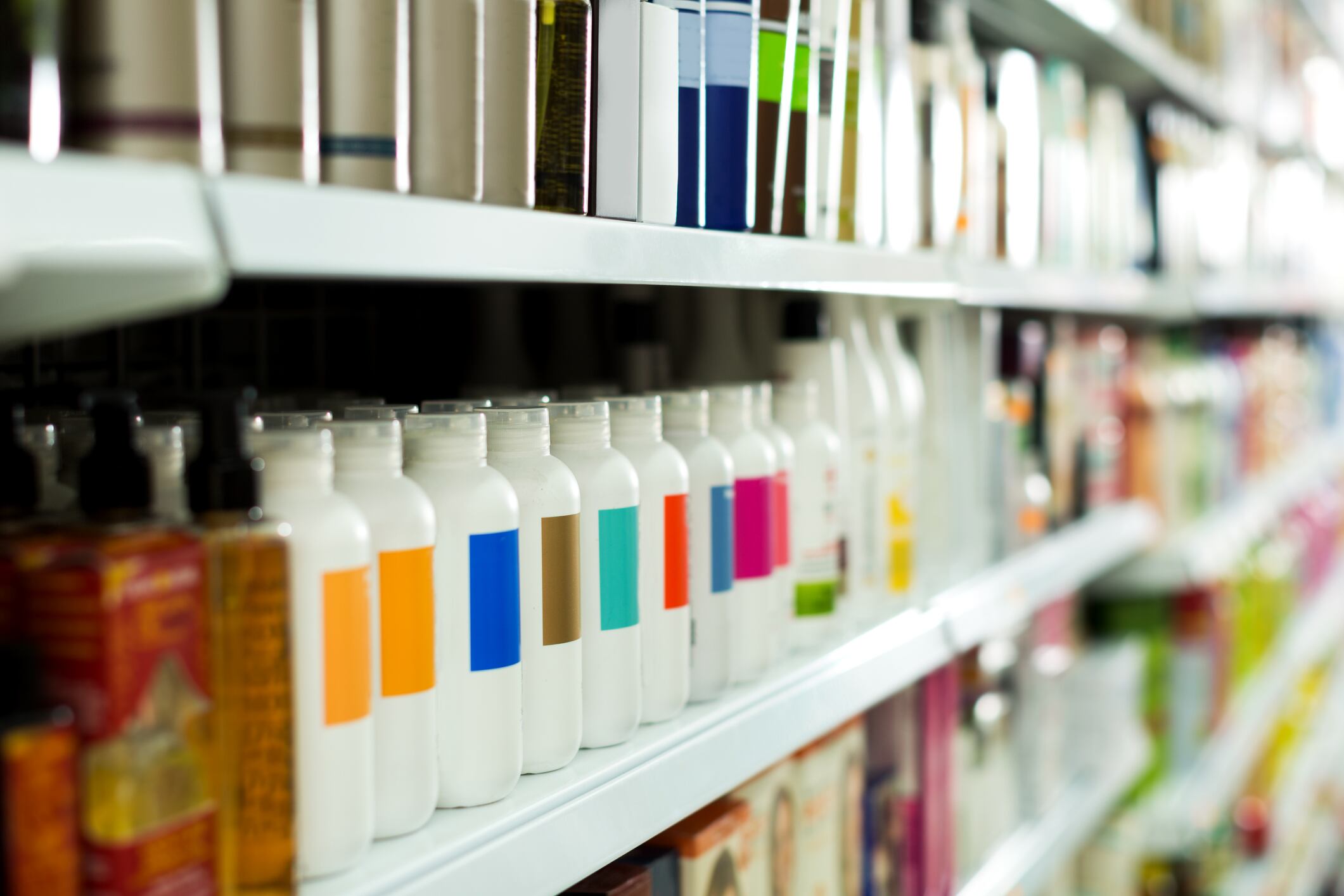Last year, New York state passed a law limiting trace amounts of 1,4-dioxane, an organic solvent, in detergent products including cosmetics and personal care products. While 1,4-dioxane is not a product ingredient but a by-product of the manufacturing process, the New York state legislature has still implemented regulations regarding its presence in consumer products. The law, which went into effect on December 31, 2022, has caused some confusion for manufacturers and suppliers to the beauty care industry.
In response to the new law, the American Cleaning Institute (ACI), a trade organization representing the interests of U.S. cleaning product manufacturers and suppliers, has co-authored a study exploring different methods to assess 1,4-dioxane levels in commercial products available for consumer consumption.
To learn more about 1,4-dioxane, the study’s results, and the law’s potential impact on the cosmetics and personal care product industries, CosmeticsDesign spoke with Kathleen Stanton, M.S., Associate Vice President, Technical & International Affairs at the ACI and Douglas G. Hayes, PhD, MBA Institute Professor at the Department of Biosystems Engineering and Soil Science in University of Tennessee and Editor-in-Chief, Journal of Surfactants and Detergents for their insights.
Both Kathleen and Doug served as panelists for a workshop on 1,4-dioxane in September 2019 that was hosted by the California EPA, Department of Toxic Substances Control and began discussions on preparing a review paper together, which led to the recently published paper in JSD.
CDU: What is 1,4-dioxane, and what are its current practical applications in personal care and/or cosmetics products?
Stanton/Hayes: 1,4-Dioxane is a polar organic solvent that is used for a few industrial applications, such as serving as a stabilizer for 1,1,1-trichloroethane and other chlorinated solvents. However, it is an irritant and a possible human carcinogen.
Its presence in personal care, home care, and cosmetic products, at ppb-to-ppm levels, is therefore unintentional. 1,4-Dioxane is a minor by-product that is formed during the synthesis of sodium lauryl ether sulfate (SLES), a surfactant that is a component of several home care personal care, and cosmetic products, and to a lesser extent in fatty alcohol and fatty acid ethoxylate surfactants.
CDU: What are the most common ways 1,4-dioxane makes its way into ground/drinking water supplies?
Stanton/Hayes: 1,4-Dioxane enters municipal wastewater treatment facilities due to its presence in home and personal care and cosmetic products. Because of its high solubility in water, 1,4-dioxane is difficult to remove by municipal facilities. And its very low concentration in consumer products makes its capture and mitigation in wastewater purification facilities difficult and impractical.
In addition, 1,4-dioxane is poorly biodegradable and difficult to break down, which leads to its persistence in water, particularly in groundwater. Most of the 1,4-dioxane pollution that exists occurred decades ago. Surfactant manufacturers have improved their manufacturing processes over the last 20 years to reduce the formation of 1,4-dioxane.
CDU: What types of testing can confirm 1,4-dioxane contamination?
Stanton/Hayes: 1,4-Dioxane occurs at ppb-ppm levels in groundwater and waterways, which limits its detection to chromatographic analysis using the same approaches we discuss for home and personal care and cosmetic products in our JSD review paper.
CDU: What methods or techniques can be used to cleanup contamination?
Stanton/Hayes: There is not a robust means to clean up contamination due to 1,4-dioxane. The most significant barriers to mitigation are the low (ppb-ppm) levels of 1,4-dioxane that occur in water and the strong hydrogen bonding network that exists between water and 1,4-dioxane.
Several methods are being developed, with Advanced Oxidation Processes (AOP) being the most promising. AOP involves chemical catalysts such as hydrogen peroxide and ozone, photochemical agents, and electrochemical agents. Bioremediation technologies are also under development.
CDU: What are the best ways to reduce exposure to 1,4-dioxane?
Stanton/Hayes: 1,4-Dioxane contamination is primarily associated with unintended spills, historical disposal practices, and industrial wastewater have been identified as major sources of 1,4-dioxane contamination in surface water and groundwater that may serve as a source of drinking water. 1,4-Dioxane is also present as a minor impurity of SLES and other ethoxylated surfactants.
The best approach to reduce exposure is to reduce the release of 1,4-dioxane to the environment, so that drinking water and food sources do not become contaminated. For consumer products, reducing 1,4-dioxane contamination can be achieved by further improving the performance of catalysts used in the industrial manufacturing of SLES. Another approach is to reformulate personal care, home care, and cosmetic products to minimize the amount of SLES and other ethoxylated surfactants employed.
CDU: Per the study, “a recent report stated that 59% of shampoos and 62% of body cleansers contained 1,4-dioxane levels above 1 ppm.” What are the potential long term health concerns associated with long-term use of these products?
Stanton/Hayes: The main route for human exposure remains through contamination of drinking water resulting from the release of contaminated water from municipal facilities and the long term accumulation of 1,4-dioxane in groundwater. Although 1,4-dioxane is an irritant to skin, eyes, and nasal passages, exposure through use of personal care, home care, or cosmetic products presents a minor source of internal exposure due to the low concentration of 1,4-dioxane in these products.
The US EPA (2020) has evaluated 8 consumer uses of surface cleaners, laundry/dishwashing detergents, paint/floor lacquer, etc. where 1,4-dioxane is present as a byproduct and found no unreasonable risks. The chronic cancer risk was determined for surface cleaners, laundry, and dishwashing products.
CDU: Are there any alternatives to 1,4-dioxane currently in development, or already available for personal care product manufacturers to reformulate? If so, are there increased or decreased costs associated with utilizing alternative solvents in cosmetics/personal beauty care products?
Stanton/Hayes: To reformulate a product so that SLES and other ethoxylate surfactants are replaced or their concentration is minimized, one must realize that there is not a “drop-in” replacement for these. The most promising approach is to employ surfactant mixtures, such as anionic surfactant / nonionic surfactant mixtures, since there can be synergy in surface activity for the surfactant mixtures compared to the neat surfactants.
Reformulating products that contain surfactants and numerous other ingredients is quite challenging; but improved models that predictive wetting, coating, and emulsification activity of surfactants and their mixtures has reduced the time and labor required. Replacing SLES with a surfactant mixture may create new problems, such as instability at different temperatures, reduced foaming, differences in consumer perceptions, and the like.
Therefore, there are labor and supply costs involved with the research and development of new formulations. The production cost for the new formulation may be higher or lower than the previous formulation, depending on the costs involved with the ingredients and the labor involved with manufacturing.
CDU: Natural personal beauty care products are a current industry trend. Are there any natural alternatives to 1,4-dioxane?
Stanton/Hayes: Surfactant mixtures are promising alternatives to SLES and other ethoxylate surfactants. There are many biobased surfactants (i.e., surfactants whose building blocks are derived from natural resources) that can be used in formulations for surfactant mixtures.
Glycolipid biosurfactants, such as sophorolipids or rhamnolipids, possess excellent surface activity and antimicrobial activity and are highly biocompatible and biodegradable. (A biosurfactant is a surfactant obtained directly from nature, particularly from microorganisms.)
Similarly, amino acid surfactants serve as a versatile platform of biobased surfactants derived from amino acids and acyl or alkyl group. Amino acid surfactants are excellent emulsifiers, foamers, and antimicrobial agents. Alkyl glucosides are biobased nonionic surfactants commonly used in home and personal care products that have similar emulsification activity as alkyl ethoxylates.
Reformulation of products incurs research and development costs and could increase or decrease the cost of the alternative ingredients. Another concern is whether the surfactants described above can be supplied at a rate that will meet demand.
CDU: How are legislators responding regarding regulating, limiting, or eliminating 1,4-dioxane in personal beauty care products?
Stanton/Hayes: As stated in our recent review paper: “On January 1, 2022, the New York Legislature enacted amendments to Environmental Conservation Law (ECL) Articles 35 and 37 to establish limits on the amount of 1,4-dioxane that can be present in household cleansing, personal care, and cosmetic products sold or offered for sale in New York State. Specifically, the maximum allowable concentration of 1,4-dioxane for household cleansing and personal care products is 2 ppm (effective December 31, 2022; 1 ppm after December 31, 2023) and for cosmetics is 10 ppm.”
The EPA released a Final Risk Evaluation of 1,4- dioxane in 2022. The report found that, although 1,4-dioxane presented a potential health risk for workers involved with the manufacture of 1,4-dioxane, its presence in commercial products did not “present an unreasonable health risk.” The EPA determined that additional analysis was necessary prior to risk management phase. The EPA is continuing its research on the impact of 1,4-dioxane on drinking water and environmental justice.
The California Department of Toxic Substances Control (DTSC) continues to investigate the ecotoxicity of 1,4-dioxane, particularly its impact on water supply systems and the possible aggregate exposure to humans.
The Australian Department of Health has identified cosmetics as presenting a potential risk to consumers of cosmetic products because some cosmetic products tested in Australia possess 1,4-dioxane levels above the 10 ppm threshold level. The same agency raised concerns about worker exposure to 1,4-dioxane, aligned with the 2022 EPA report.
Per a survey, Germany’s Federal Institute for Occupational Safety and Health (BAuA) proposed a 1 ppm limit for 1,4-dioxane in surfactants
CDU: To your knowledge, have any companies in the personal beauty care space already taken steps to limit or eliminate 1,4-dioxane from their formulations?
Stanton/Hayes: Companies that sell personal care products in the State of New York must verify that their products contain at most 2 ppm (1 ppm after December 31, 2023) and at most 10 ppm for cosmetic products hose or show their intention to compliant to these thresholds though the waiver process. These strict requirements require that companies measure 1,4-dioxane concentration in their products and make the necessary adjustment to be compliant.





